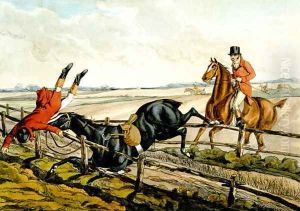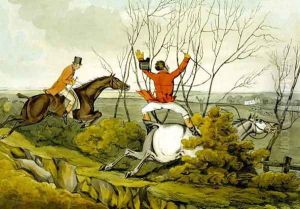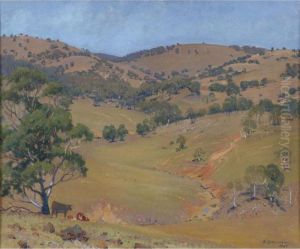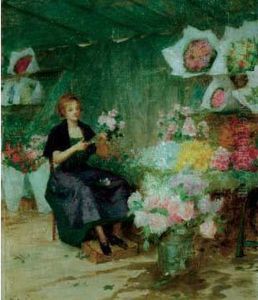





Horses And Zen Monks; Tiger And Lohans; Peony And Zen Monks
-
About Reproduction
Discover the allure of art with our faithful reproduction of "Horses And Zen Monks; Tiger And Lohans; Peony And Zen Monks", originally brought to life by the talented Kano Sanraku. Unlike posters or prints, our hand-painted oil painting breathes an unique sense of depth and texture into your space. Every detail, every stroke, and every texture is meticulously recreated, paying the perfect homage to Kano Sanraku and his artistic vision.
Owning this piece is more than just decoration - it's a statement of your refined taste in art. Let the vibrant colors and intricate details of this replica serve as a daily reminder of the beauty in our world. Elevate your decor and appreciate the richness of art with our replica of this masterpiece.
-
Painting Description
"Horses and Zen Monks; Tiger and Lohans; Peony and Zen Monks" is a triptych of Japanese screen paintings by Kano Sanraku, a prominent painter of the Kano school during the early Edo period. The work is a fusion of Japanese painting traditions with Chinese Zen Buddhist themes, reflecting the cultural exchanges between Japan and China during the period. Sanraku, born in 1559, was an adopted son of Kano Eitoku, and he played a significant role in the development of the Kano school's style, which dominated Japanese painting from the 15th to the 19th century.
The triptych consists of three pairs of folding screens, each depicting a different subject matter that is rich in symbolic meaning. The first pair, "Horses and Zen Monks," shows a serene landscape where Zen monks are interacting with horses, symbolizing the harmony between man and nature, and perhaps alluding to the Zen practice of mindfulness. The second pair, "Tiger and Lohans," features a powerful tiger amidst Lohans, who are enlightened disciples of the Buddha, representing the embodiment of spiritual strength and the overcoming of fear through enlightenment. The third pair, "Peony and Zen Monks," depicts Zen monks with peonies, which are often associated with prosperity and good fortune, suggesting a connection between spiritual and worldly success.
Kano Sanraku's work is characterized by bold composition, vivid coloration, and a dynamic use of space, which can be seen in this triptych. The screens exemplify the Kano school's blend of realism and stylization, as well as the incorporation of Chinese themes and techniques into Japanese art. These screens are considered important cultural artifacts that offer insight into the religious and artistic landscape of Japan during the early Edo period.
The triptych is held in high regard for its artistic merit and historical significance. It is often studied for its representation of Zen Buddhist philosophy through visual art and is seen as a testament to the enduring legacy of the Kano school's influence on Japanese painting. As with many works of this era, the screens serve not only as decorative pieces but also as mediums for conveying philosophical and spiritual messages.
-
Lead Time & Shipping
When you order this oil painting replica, it typically takes 2-3 weeks to paint. If the artwork is more complex, it might need a little more time to ensure the best quality. Once it's ready, we'll send you a photo for your approval. After you give the green light, we'll ship it to you for free.
-
Return & Refund
We believe in the quality of our hand-painted oil painting reproductions, and your satisfaction is our priority. If for any reason, you are not completely satisfied with your purchase, we offer a 45-day return policy. You can return your artwork within 45 days of receipt and receive a full refund. Please note that the artwork must be returned in the original packaging and in the same condition as it was received.




















